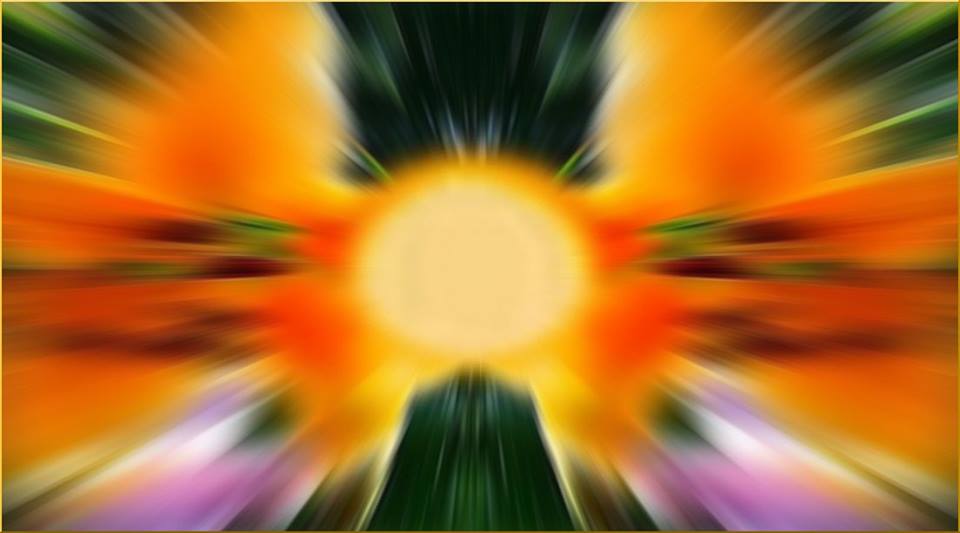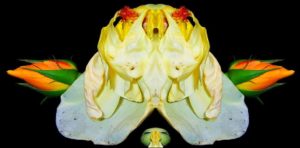Experimenting and testing the workings and workability of various blog index pages, widgets and posts. There are so many ways to configure and display Blog posts and lists of blog posts. This post runs down a few of them.
This becomes a complex topic because there are so many components and variations to look at. Here I will look at the topic from three levels of detail, the wordpress vanilla features, theme supplied features, and additional features supplied by plugins.
The basics of the blog post ecosystem are supplied by wordpress, and are implemented in every theme, typically by one or more template pages and template page partials ( see wp template hierarchy for more info).
Plugins and child themes can override and augment the feature set and the implementation of the basic features.
Blog index pages
A Blog index page is used whenever more than one blog post has been collected by a call to the db and is to be rendered and displayed. So whenever you have a list of posts to be displayed, the blog index page template, or one of its relatives will be used.
The standard wp implementation always provides a template for the required Blog index page(s), aka the blog page.
Themes all implement a blog index page, with or without excerpts, a search results page, an archives page, a categories page, a tags page, and perhaps even others. Remember the blog index page is distinct from the single blog post page. The blog index page and its variants is used to display a LIST of posts. A blog page is used to display ONE INDIVIDUAL blog post.
Blog Post pages
WP supports Blog posts of various types – standard, video, gallery, audio, quote, link.
Title, content, featured image and author
meta includes categories, tags author and date.
Custom fields in blog posts – discuss elsewhere
Custom post types – discuss elsewhere
Blog post layouts
Blog Post elements
featured image
title
content
meta – author name, date, categories, tags
custom fields (if any)
displaying associated related content,
Includes timely call to action and including special sidebar content, even if it is not in a sidebar
The sidebar
With or without sidebar.
Without sidebar delegates the responsibility of locating and displaying any related content to the page content itself.
the sidebar – vanilla features and augmentations – (aka widget capable areas)
Clearly distinguish between where sidebars can be put on a page (its location), and
what can be put in a sidebar (its content). The theme provides widget-capable areas, whereas the theme and many types of plugins can augment the capabilities for creating sidebar content.
Without a sidebar gives ownership of the page context to the individual post. The individual post controls the territory and content. Generally speaking the format and layout of such content is consistent through posts for a given site design.
OceanWP post metabox allows linking any specific sidebar to a given post, and OceanWP allows you to create ?unlimited? sidebars, and so you have much more capability and control of content and its granularity, so this theme supplies a powerful implementation of these ‘standard’ wp sidebar features. Still limited to wp sidebar content types and editing, for the most part.
Using Elementor global widgets you can create content which can be inserted on specific pages and managed from a single location, essential features of the standard wp sidebar component.
Image handing.
Featured image relationship and display
making the featured image the page image
making the blog post title the page title
(added images by Bob O’Hearn)
OceanWP theme supplied feature
An empty standard page named Blog, pointed to by customizer config.
You can configure the blog post index page and individual blog post entries with the customizer.
You can configure additional controls on the individual post pages uses theme supplied metaboxes.
theme extension plugin – OceanWP Posts Slider
This creates a list of posts which can be inserted on a page with a shortcode
It is a free plugin.
Due to the way it displays post excerpts, posts without images will not be displayed.
plugin WPShow Posts Plugin by Tom Usborne
This creates a list of posts which can be inserted on a page with a shortcode.
You define and configure a post list and then insert it on a page with a short code.
This plugin is elementor-aware and display elementor blog post content in formatted form in its excerpts (!)
pro plugin Elementor Pro Posts element(s)
This turns a page into a blog index page.
Add the Elementor Pro Posts widget to an elementor page.
If you show excerpts the excerpts are not formatted as they were when created in Elementor.
If you do not show the excerpts, you will only see the title and the metadata.
plugin Elementor Addon elements Posts List element

